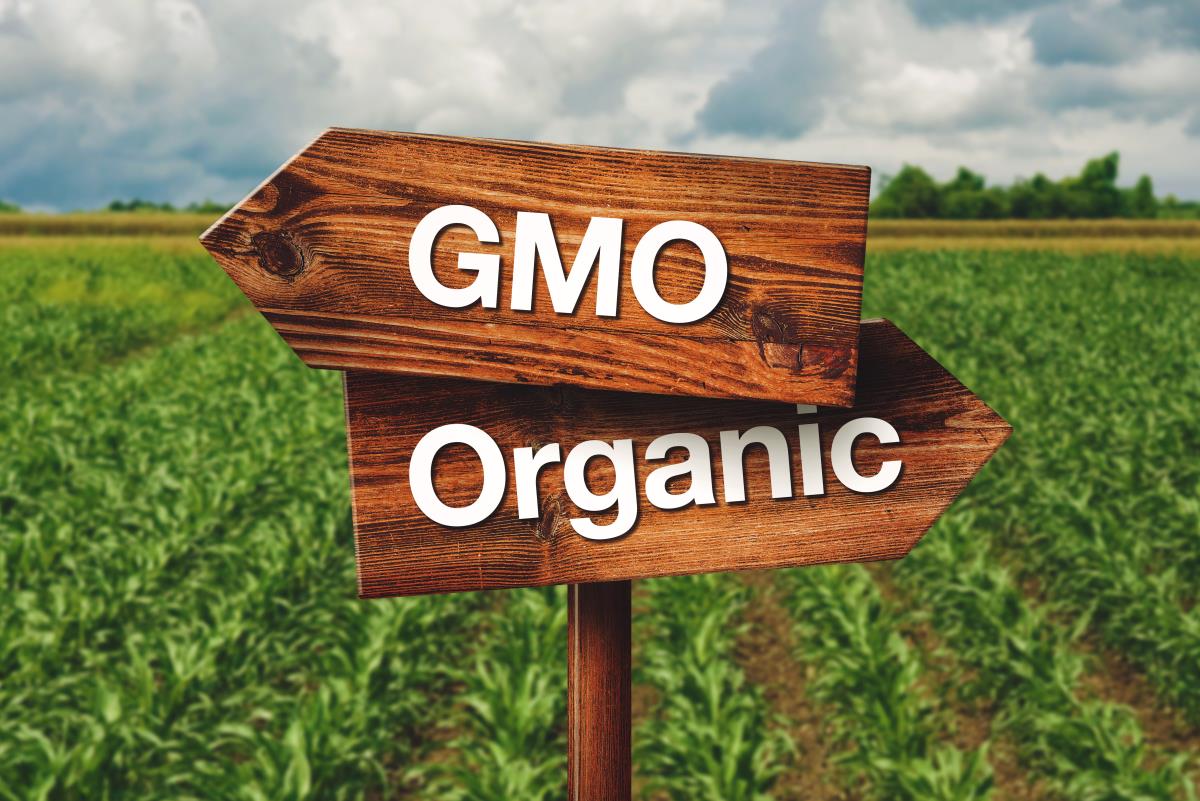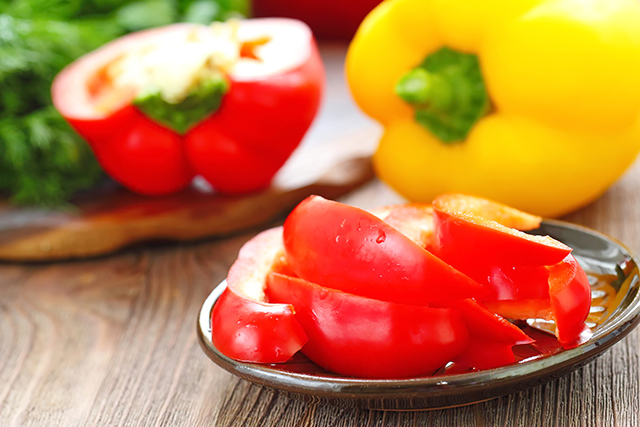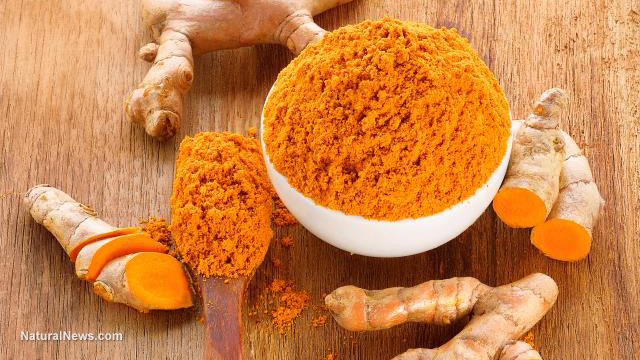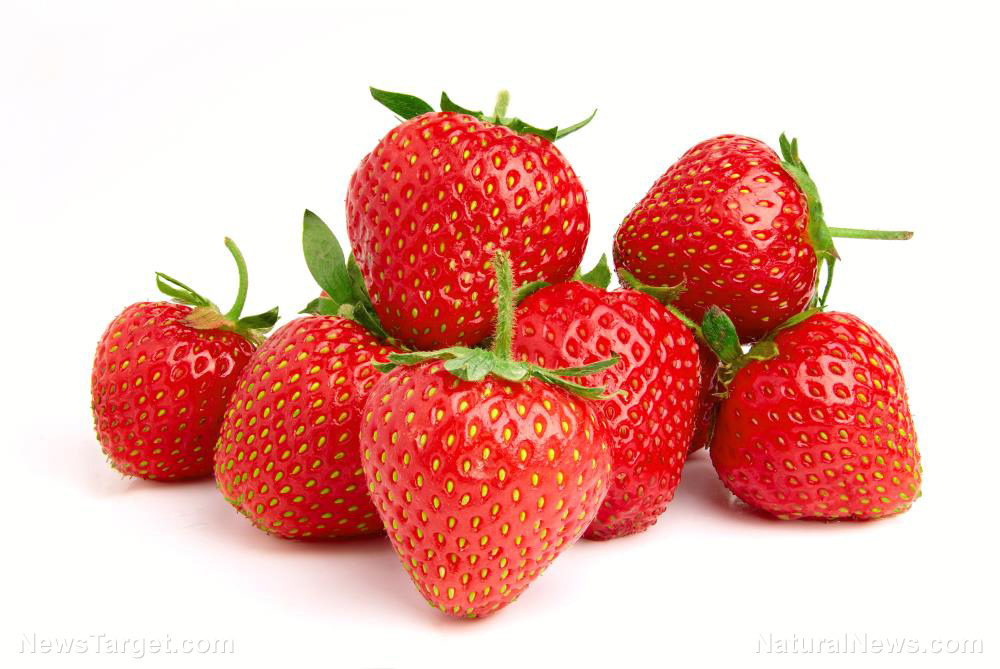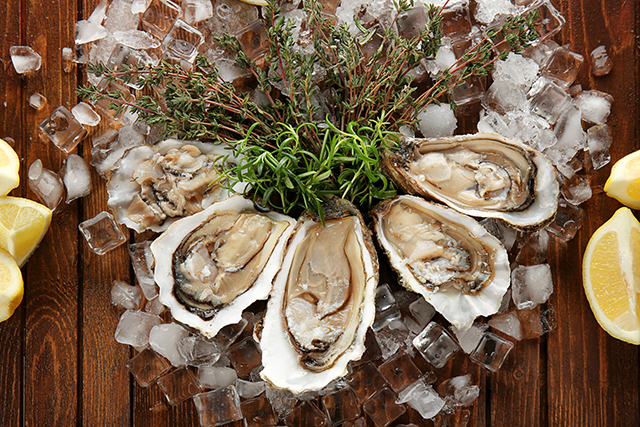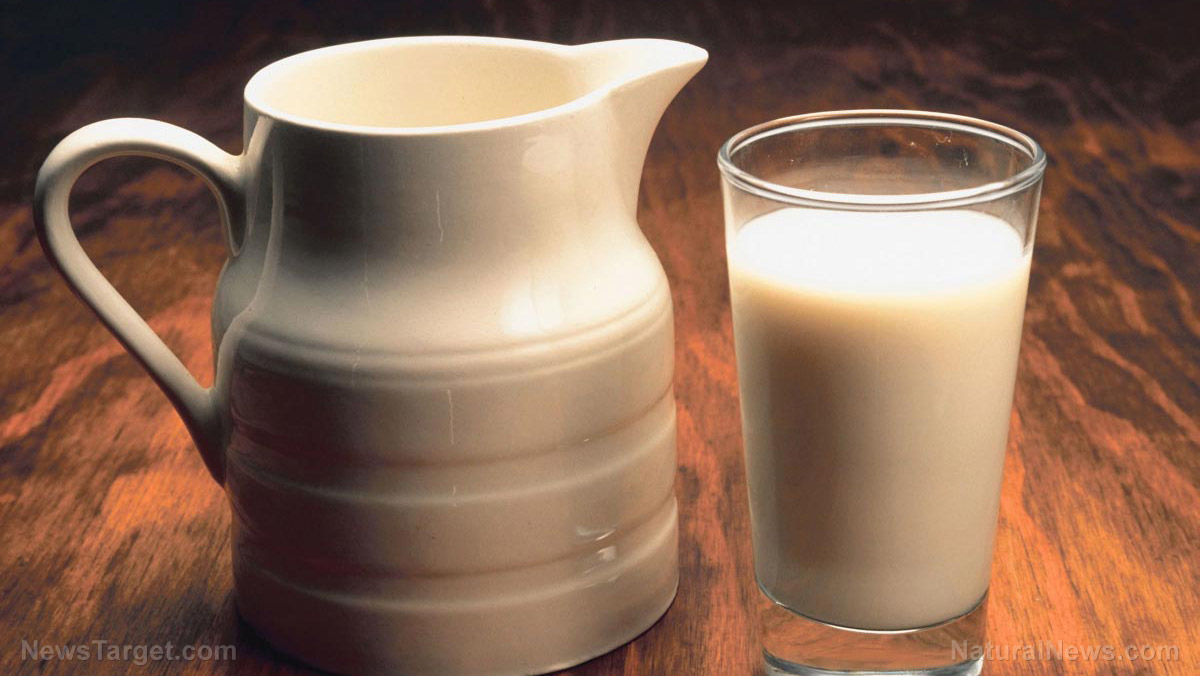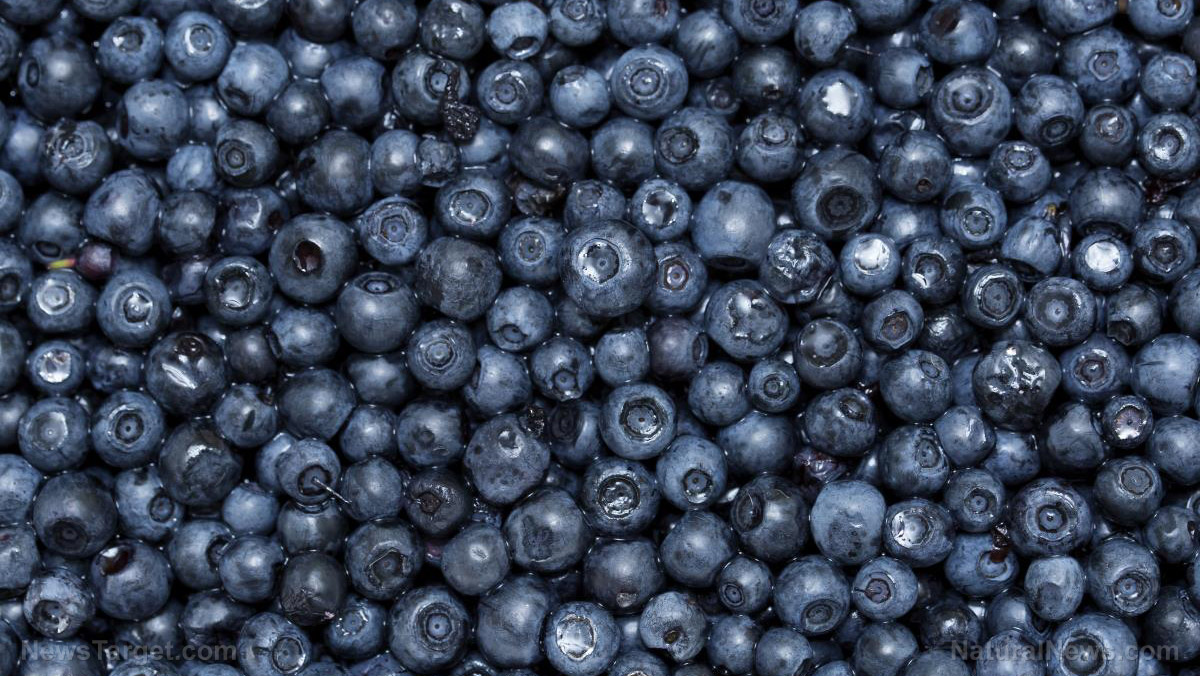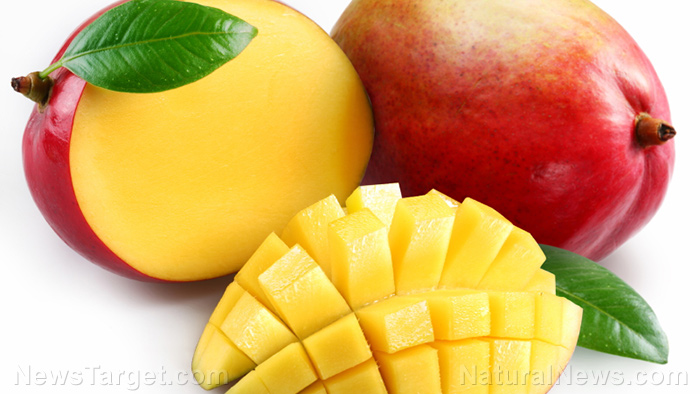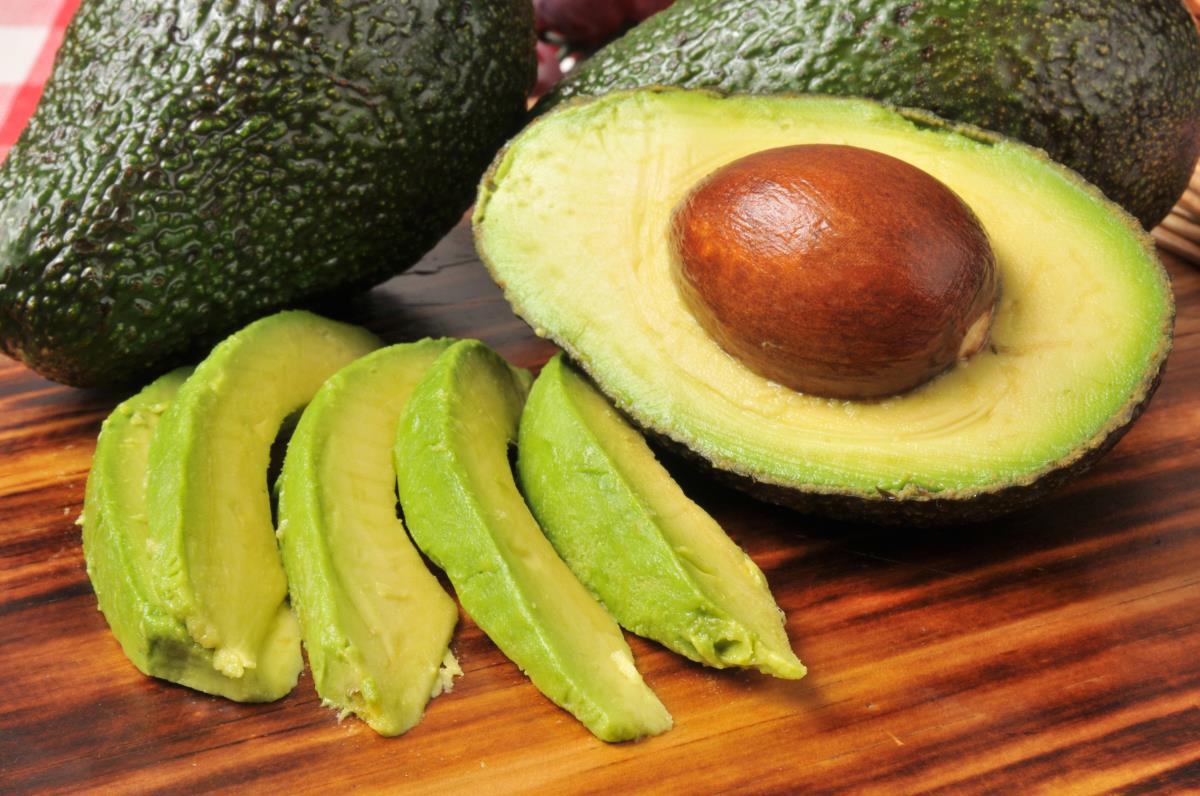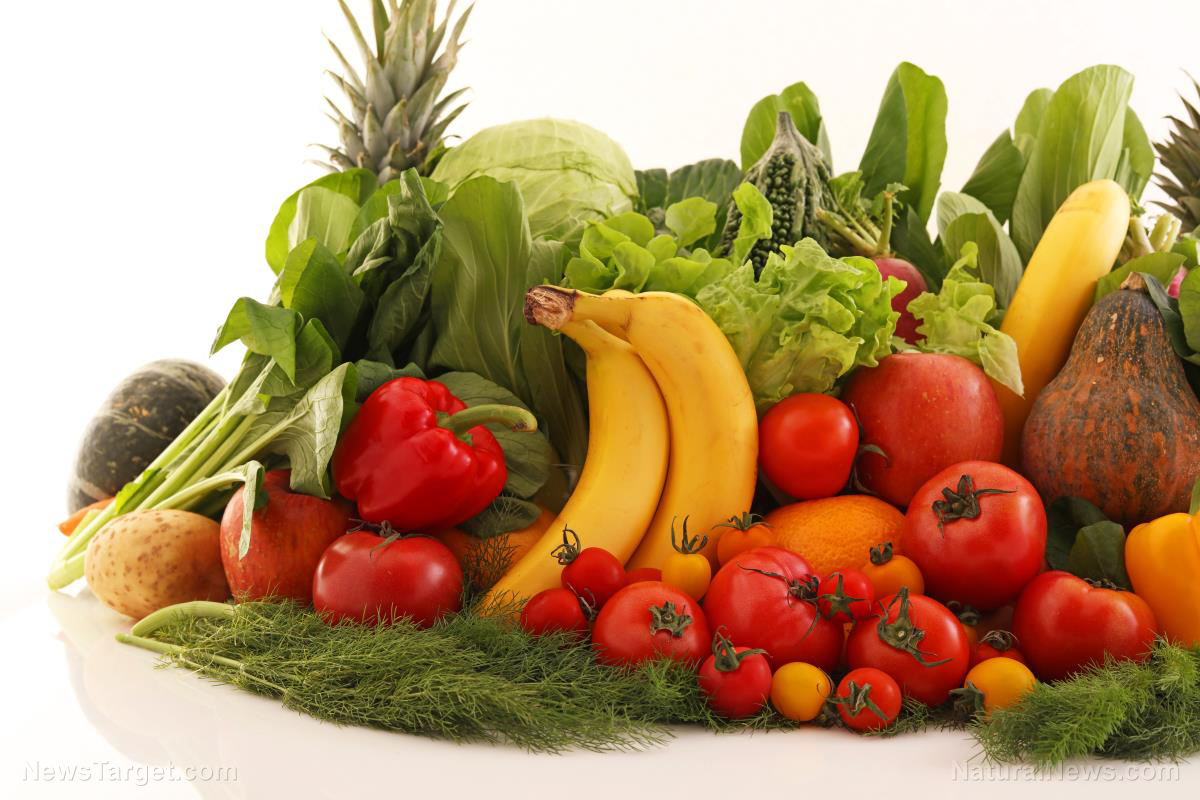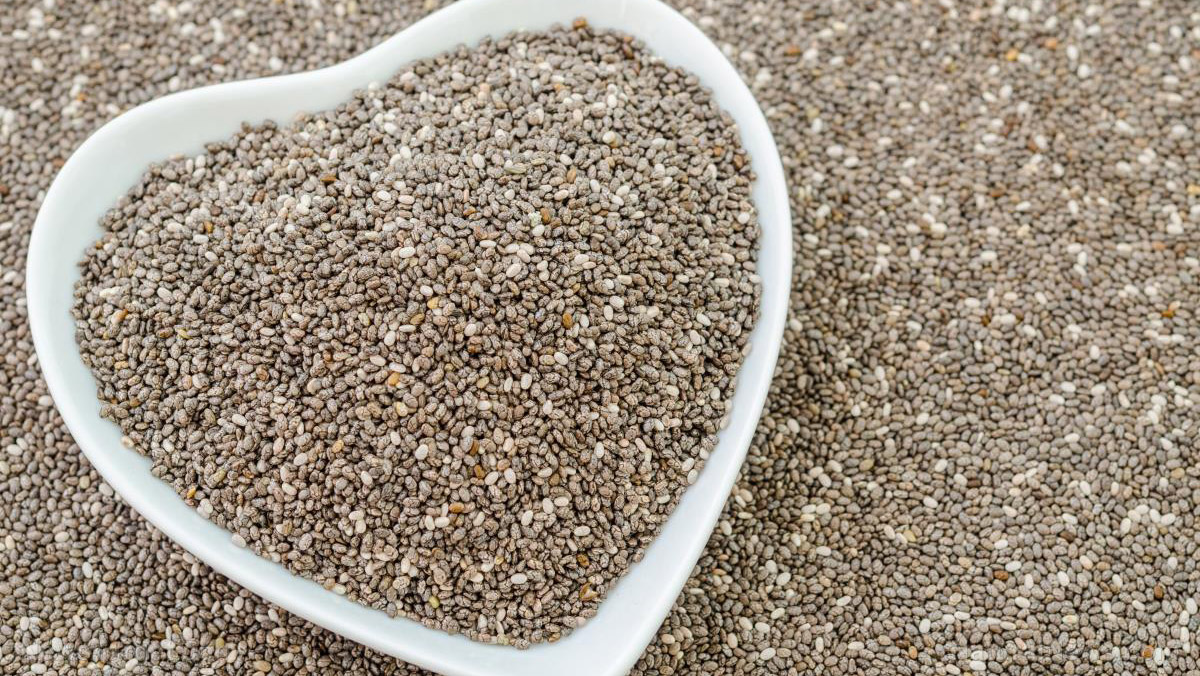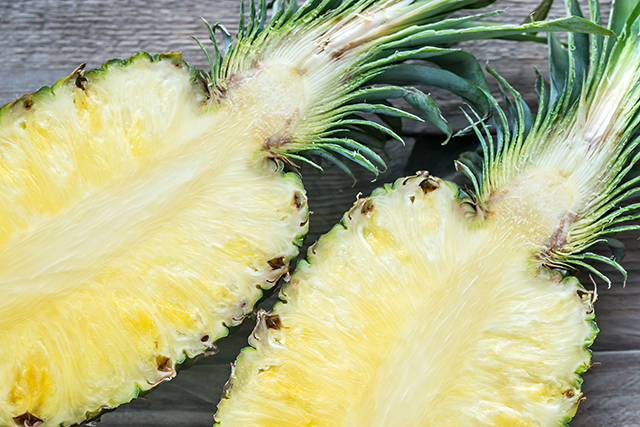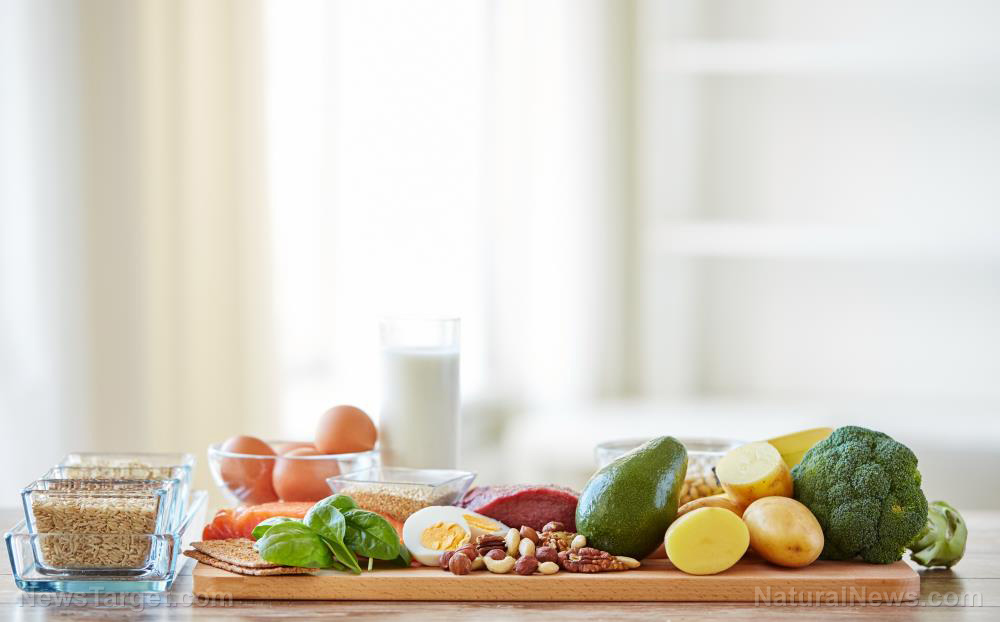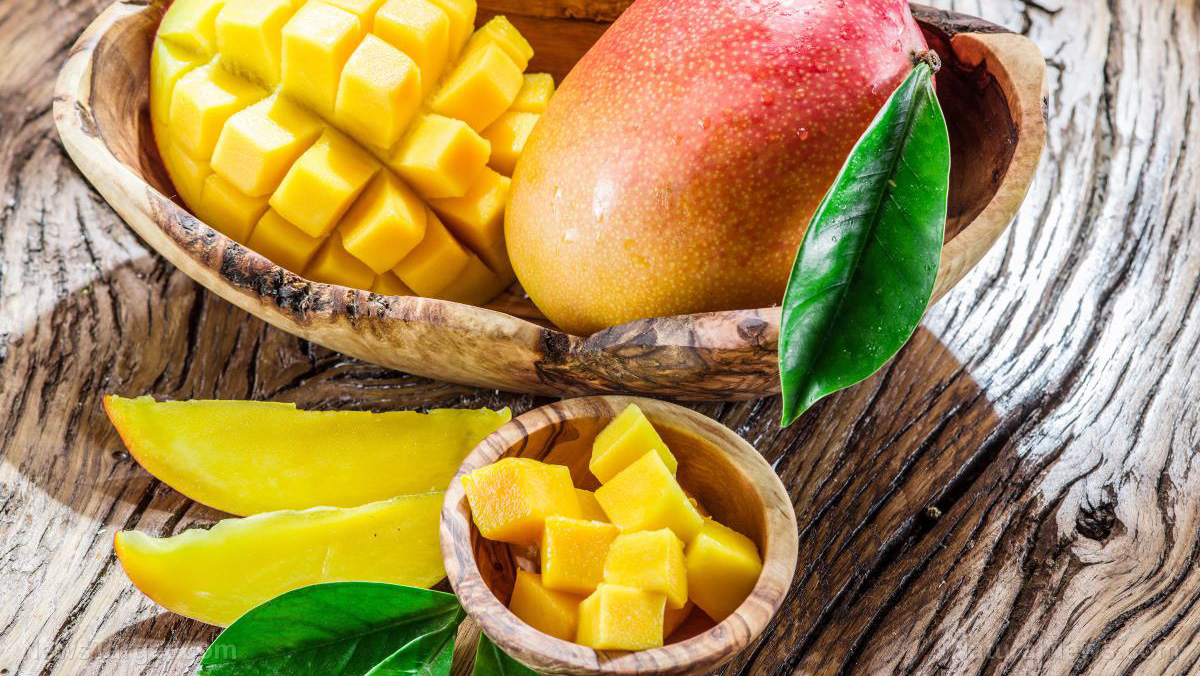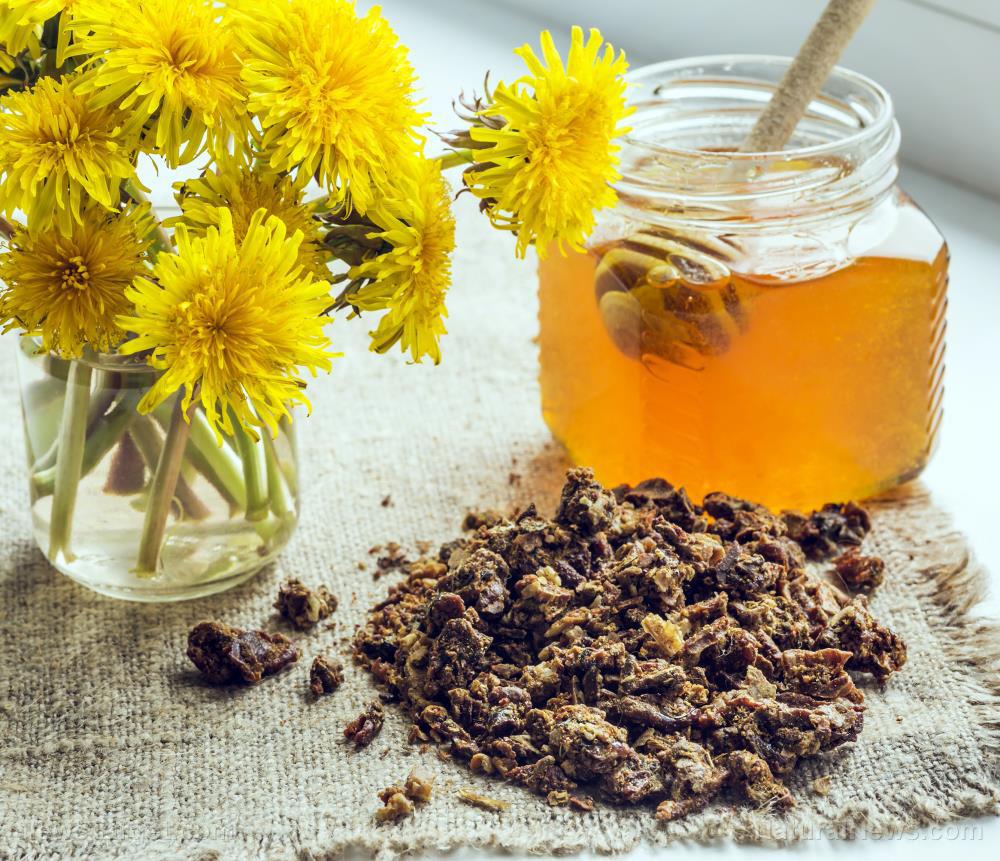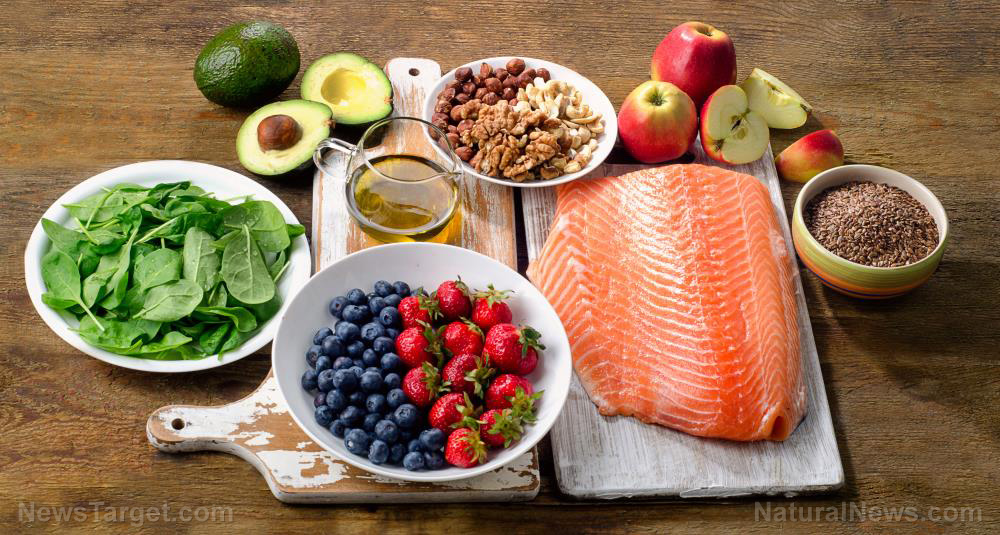Easily grow vegetables indoors
03/11/2019 / By Amy Goodrich
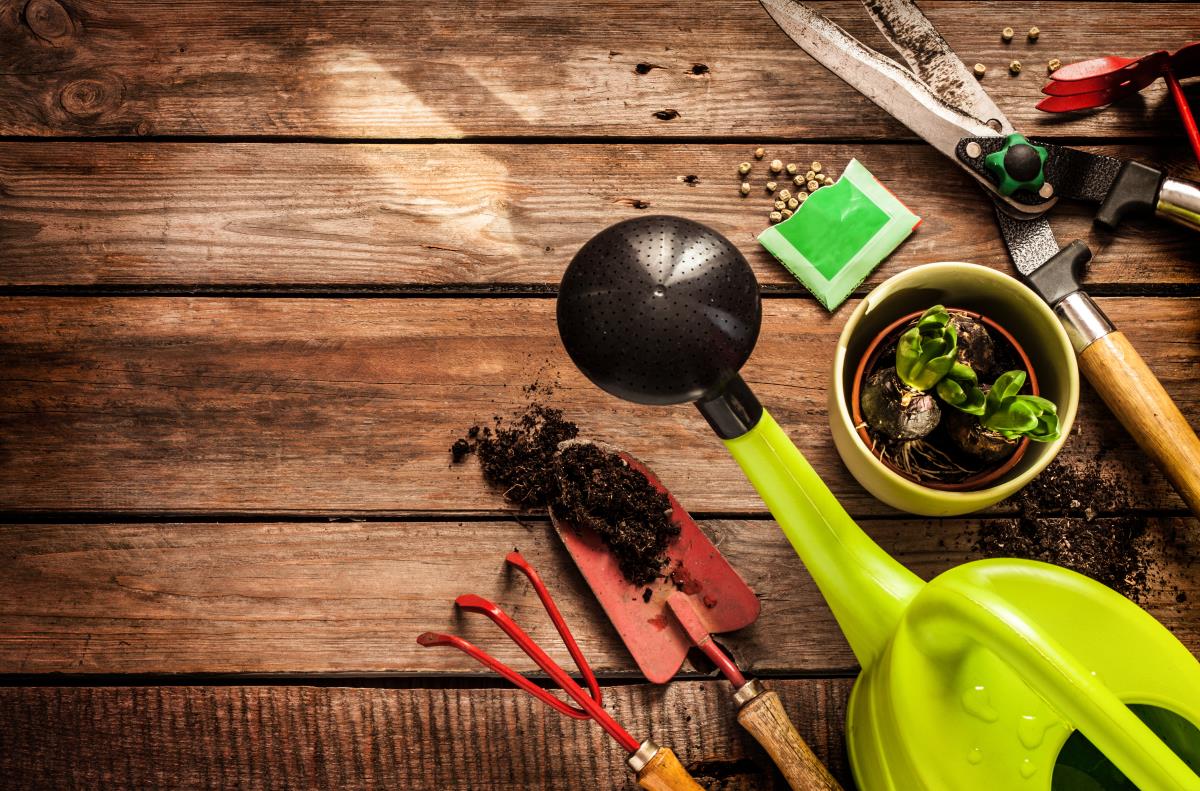
Growing your own food is both exciting and fun. It improves the quality of the air and can be therapeutic. As stated by Off The Grid News, plants have the power to reduce blood pressure, anxiety, the effects of stress, and feelings of fatigue.
Also, when you grow your own herbs, vegetables, and fruits, you know exactly where the food is coming from and how it was produced. This takes away all your worries about deceptive food labels and pesticides or GMO contamination. And it is so much cheaper, too.
However, not everybody is gifted with the luxury of an outdoor growing space. But did you know that growing plants indoor is just as easy and fun as having an outdoor garden? While sunny windowsills are an excellent growing spot, if you live in a house or apartment protected from the sun, grow lights may help you out.
Are you ready to get your hands dirty and feel in touch with nature?
Many plants don’t need an outdoor space to flourish. They can be grown in containers or balcony boxes. From blueberries and limes to tomatoes and leafy greens, most foods can be cultivated indoors.
An indoor garden can occupy as much or as little space as you are willing to spare, so don’t let your apartment limitations interrupt your dream of homegrown, organic foods. Here are a few helpful tips and tricks to help turn your home into a green oasis. (Related: How to start an indoor garden in your apartment.)
Hanging baskets
Hanging baskets are beautiful and don’t take up any space. According to Off The Grid News, tomatoes, peas, beans, cucumbers, salad greens, some herbs, and strawberries all do well in hanging pots, as long as you keep a few things in mind.
Hanging baskets should be at least 12 inches deep and have a minimum diameter of six inches. Do your research and determine how much sunlight each plant requires. If a sunny spot near a southern window is not an option, try a clamp-on grow light instead. While some plants can stand the cold, others will thrive in temperatures that range from 65 to 75 degrees Fahrenheit. Make sure to place heat-loving plants away from drafty doors and windows.
Vertical growing spaces
If you don’t have much space to spare, a vertical garden tower may be the thing you need. It enables you to stack plants vertically instead of spreading them out over windowsills or your balcony, allowing you to produce more food in tiny spaces.
Be creative. Install fixtures on your walls to maximize the growing space. Next to a vertical garden tower, waterproof fabric pockets designed for indoor gardening, mason jars attached to a wooden board or wall, stacked balcony box planters, or prefab shelving may provide you with more space to grow small plants like herbs and salad greens.
Ever thought of planting potatoes indoors?
While you may not think of potatoes when you are starting an indoor garden, potato plants provide abundant yields in tiny spaces. Potato plants can easily be grown in a five-gallon pail, plastic tote box, waste bin, or even a large bag. Off The Grid News recommends growing potatoes in straw to keep the container light and easy to move.
Fill the base of the container or bag with a few inches of small gravel and top soil. Plant the eyes of the potatoes in the dirt and cover the rest of the container with approximately four to six inches of straw. Once you see plants appearing through the straw, add some more to stimulate further growth.
Or why not try to cultivate micro greens such as bean or broccoli sprouts instead? They take up very little space and are highly nutritious and delicious. As you can see, your options of indoor gardening are endless. Be creative and think outside the planting box.
Stay informed about fresh organic foods at Fresh.news, and learn more about organic gardening techniques at HomeSteading.news.
Sources include:
Tagged Under: GMO Free, home gardening, Homegrown, homegrown food, indoor gardening, Organic, organic food, pesticide-free

